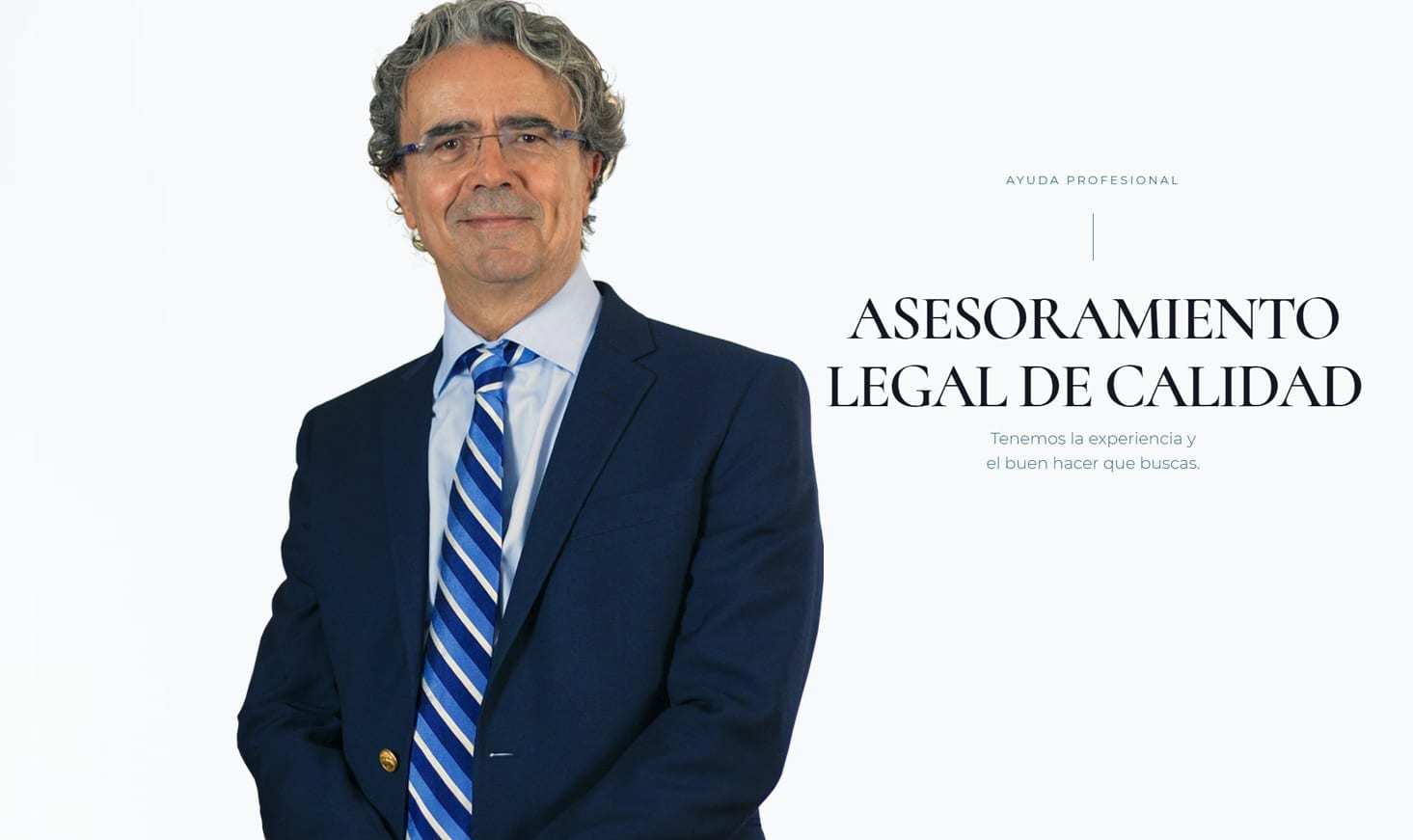Partial Ceiling Collapse on Lower Floor Affecting a Person Present at the Time
In this article, we analyze a particular case of ceiling collapse in an apartment building. This type of incident not only endangers the physical integrity of individuals but also carries legal responsibilities for property owners. If you need legal advice in similar situations, do not hesitate to contact our Lawyer in Alicante.
Origin of the Incident
The origin of the ceiling collapse was due to construction work ordered by the property owner. This owner, undoubtedly, did not choose the most competent workers, which is not surprising considering that no permit was requested from the City Council, nor was any technician supervising the work.
Immediate Consequences
While the victim was in the bathroom of the apartment, she was surprised by the sudden fall of debris from the upper floor. In an attempt to avoid the falling objects, she lost her balance and fell to the ground, hitting a bathroom fixture. This resulted in a possible fracture of her left ischiopubic branch.
Case Uniqueness
What makes this case unique, and drew our attention, was that the affected person was not the owner, but a seasonal tenant of the apartment, with a 7-month contract. This contractual relationship was not formally documented nor officially recognized, as the property was not declared, nor were rental receipts issued. These reasons justified our concern that our client’s interests might be satisfied without court intervention.
Owner’s Responsibility
The property owner is obligated to respond to the tenant for damages that may occur due to elements or components of the property, as long as they do not depend on the tenant’s maintenance. The coverage of these damages by insurance depends on the owner’s willingness to assume these risks if not done personally. We increasingly observe how rental agreements transfer the obligation to the tenant to subscribe to such insurance, making the tenant responsible if they do not.
The legal basis for this obligation of the owner to make all necessary repairs to ensure the property is habitable and serves the agreed use is found in Article 24 of the Urban Leases Law and Articles 1563 and 1564 of the Civil Code.
Evading Legal Responsibilities
By not making a rental contract, it is evident that no clause was established, much less one covering the tenant’s stay with insurance. Therefore, any damage generated would have been assumed by the owner.
During our management of this case, we observed the owner’s attempts to evade the problem and not respond to our requests. It is clear that, by acting outside the law, as in this case by not formalizing a rental contract, the owner tried to ignore the existence of a rental agreement. The owner must ultimately be responsible for the consequences of such actions, provided there is a direct relationship between damage satisfaction and lack of insurance coverage.
Insurance Limitations
The owner’s insurance policy did not cover the tenant, so the insurance company’s claim only included the structural and content damage of the property, excluding the damages suffered by the tenant for not being insured.
Legal Consequences and Responsibility
This, in our opinion, harms the property. If for any reason the tenant does not find satisfaction in the compensation for damages and injuries, the owner would be ultimately responsible. This applies if the exemption of liability towards the affected person was due to the failure to prove that the person was in the property at the time of the collapse or by not proving a rental contract that justified their presence in the property during the incident.
Our Supreme Court has a clear doctrine regarding the owner’s responsibility towards their tenant. The owner will only be responsible for those damages that are a consequence of the property, but never for incidents caused by third parties.
This doctrine has been applied in several cases where the agent causing damage to the tenant was the poor condition of common elements or other third-party properties, making the same doctrine applicable to this case.
Carlos Baño Lawyers
We found through the insurance company that the policy covers structural and content damage but not personal injury. Therefore, and given the lack of response from the owner, we opted to claim both the property owner and the neighbor who caused the damages.
This case involves the extracontractual responsibility of the property owner where the works causing the incident were carried out. This does not rule out a subsidiary responsibility in case the owner is exonerated, although we find it difficult to accept this possibility. If it exists, it will be due to insufficient proof of the rental relationship to hold a third party responsible.

The basis for this assertion is found in Article 1560 of the Civil Code, which establishes that the lessor is not obligated to respond for the disturbance caused by a third party in the use of the leased property. However, the tenant will have direct action against the disturber.
It is evident that any disturbance of mere fact should be understood as the production of any type of damage. We also find support in Article 1902 of the Civil Code, which recognizes the tenant’s right to claim based on extracontractual civil liability and establishes the responsibility to repair the damage caused, whether by action or omission.
Therefore, although the responsibility for the accident lies with the property owner, it is also true that the lessor should subsidiarily respond.
For more information about our legal services, visit our Tort Lawyers page.



